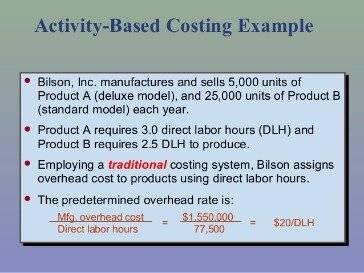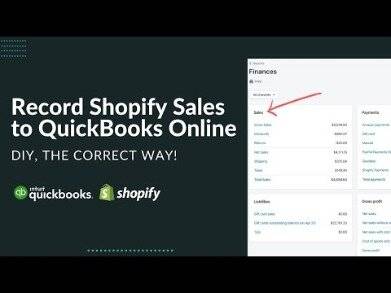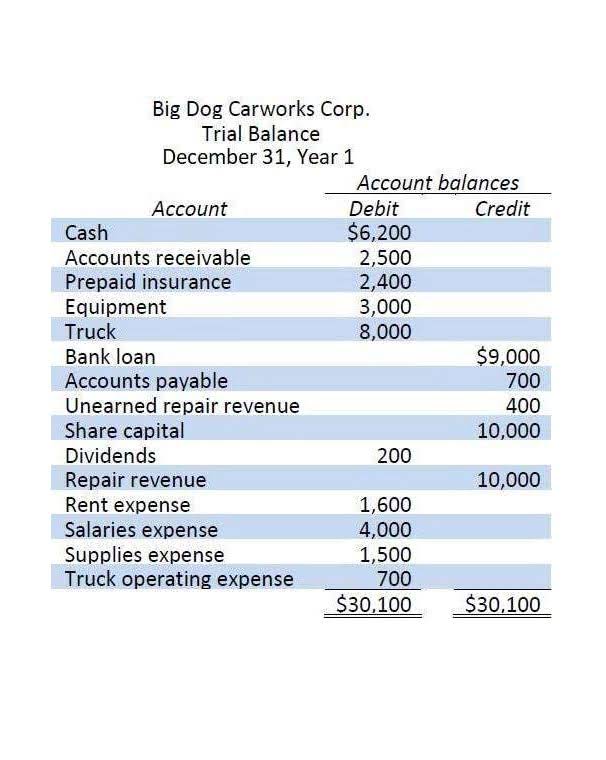These Are the Best Business Money Transfer Services
Content

It’s geared for large businesses, with companies like Uber, DropBox, GitHub, and Yelp using the payment solution. Square Checkout integrates with your ecommerce store and allows you to accept payments online using a simple checkout workflow. This PayPal alternative also provides invoicing, recurring payments, real-time inventory management, and payroll tools. This payment solution believes payment problems are “rooted in code, not finance” and they consider themselves a “developers first” business. A full suite of tools to accept credit cards simply and securely.

If you use QuickBooks to accept payments from your customers, you probably do it because it’s convenient. It provides an easy way to receive payments – and you might not have given much thought to how much it’s costing you in QuickBooks payments fees. The standard bank transfer through the ACH network to a verified checking account typically takes one to three business days to arrive. Venmo requires a person-to-person spending limit of $299.99, but users can increase the weekly rolling limit up to $60,000 by verifying their identity.
A transfer fee is charged as money passes through banks.
Visit jpmorgan.com/cb-disclaimer for full disclosures and disclaimers related to this content. Get started today by talking to a banker or filling out a contact form at chase.com/cashflow360. But real success means understanding the local markets you serve—which is why we bring the business solutions, insights and market perspective you need. Go to Transfer Money again and enter the amount of the trial deposits to verify the accounts. To set up your external account, go to Bill Pay in Online Banking. Enter required Account information for the external account.
- Unfortunately, banks are generally not the best option for international payments due to high transfer fees and poor exchange rates.
- Is one of the most popular PayPal alternatives, particularly for online businesses.
- We chose PayPal’s Venmo as the best peer-to-peer app for your cash because you can spend, send, or transfer money to your bank account or to a friend’s with ease.
- Using the funds in your Payoneer account and handle your bills from international suppliers, contractors, and business partners.
Also, the transaction fees and fraud protection are much the same as PayPal’s. This helps to expedite the payment process and reduce friction, which is likely to improve your conversion rate. This PayPal alternative is extremely developer-friendly and can integrate with your application. It also has a white-label API that allows businesses to customize the branding of the checkout experience. Like PayPal, the service’s strict fraud prevention tools have been known to inconveniently freeze user’s accounts. The payment solution has also been repeatedly praised for its reliability and security.
How We Chose the Best Payment Apps
Additionally, you will visit your accounting dashboard to begin syncing your payment orders to QuickBooks. If you do international business – you’ll know the pains of dealing with US bank accounts. These international business banks can help global businesses.
How do I receive a Payment from another currency in QuickBooks?
- Select the Gear icon, then select Chart of Accounts.
- Select New.
- Under Account Type column, select Cash and cash equivalent.
- Before saving and closing, make sure that it is in the home currency (which is SGD in this case)
Promotions may be available for businesses that charge more than $7,500 per month, and 30-day free trials are also available. There is a $25 chargeback fee and PCI compliance service costs $9.95 per month. QuickBooks Online and click «Payments» on the left-hand menu. Select «Learn more,» fill out the information about your business and yourself, then connect your bank account. NerdWallet’s ratings are determined by our editorial team. The scoring formulas take into account multiple data points for each financial product and service.
How does QuickBooks Payments work?
Learn why Routable is the best option for NetSuite customers to scale faster, save time and work more efficiently across their AP processes. Routable’s global payout solution was designed to provide the best end-to-end experience for finance and operations professionals and their vendors. Our integration pulls in your QBO preferences for a seamless experience across both platforms. If you see this message when you set up a vendor for international wires, that vendor’s country isn’t supported yet. More countries will be added in the future but for now, here’s how to pay your bills manually.
Latvian Leader In Favor Of Sending Fighter Jets To Support Ukraine – Radio Free Europe / Radio Liberty
Latvian Leader In Favor Of Sending Fighter Jets To Support Ukraine.
Posted: Sun, 05 Mar 2023 08:30:32 GMT [source]
Freelancers often need to get paid quickly, and you can tap into Instant Payouts (for a 1% fee of the payout amount) to send earnings to a debit card within minutes. Daily payout limits may apply but this feature works 24/7 year-round. You’ll feel secure with PayPal’s encryption standards and 24/7 monitoring.
Seamless QuickBooks accounting integration
If their bank offers Popmoney, they can log in to their bank account and direct the funds there. If their bank does not offer Popmoney, they can provide their bank account information at Popmoney.com, and their money will be sent to that account. If you’re using a specialist currency provider, transfers normally take between one and three business days.

You also have the option to record transactions in foreign currencies it is possible due to the multicurrency capability. Once the multicurrency feature is activated then you can’t turn it off. The feature can be automatically disabled by resetting your file. Automate accounting to sync all transactions taking place on Volopay so that it is reflected in your company ledger.
This may influence which products we review and write about , but it in no way affects our recommendations or advice, which are grounded in thousands of hours of research. Our partners cannot Sending & Receiving International Payments With Quickbooks us to guarantee favorable reviews of their products or services. You can now add the international payment flow to unpaid bills. To use this service, you must have an eligible Wells Fargo checking account and a username and password to access Wells Fargo Online. Add your Wells Fargo Debit or Credit Card to your digital wallet to make secure, on-the-go purchases in stores, online, and in apps.
The service is a subsidiary of Visa and has the best user support in the business – provided free, from real people, 24/7. Small businesses wanting incredible customer support and security. Unlike Stripe, this service doesn’t require any programming knowledge and it doesn’t take long to set up an account. Unfortunately, the transaction fees are very similar to PayPal’s. Chase offers a variety of business savings accounts including Total Savings, Premier Savings and a business CD. Compare savings accounts and find the right business savings account for you.







